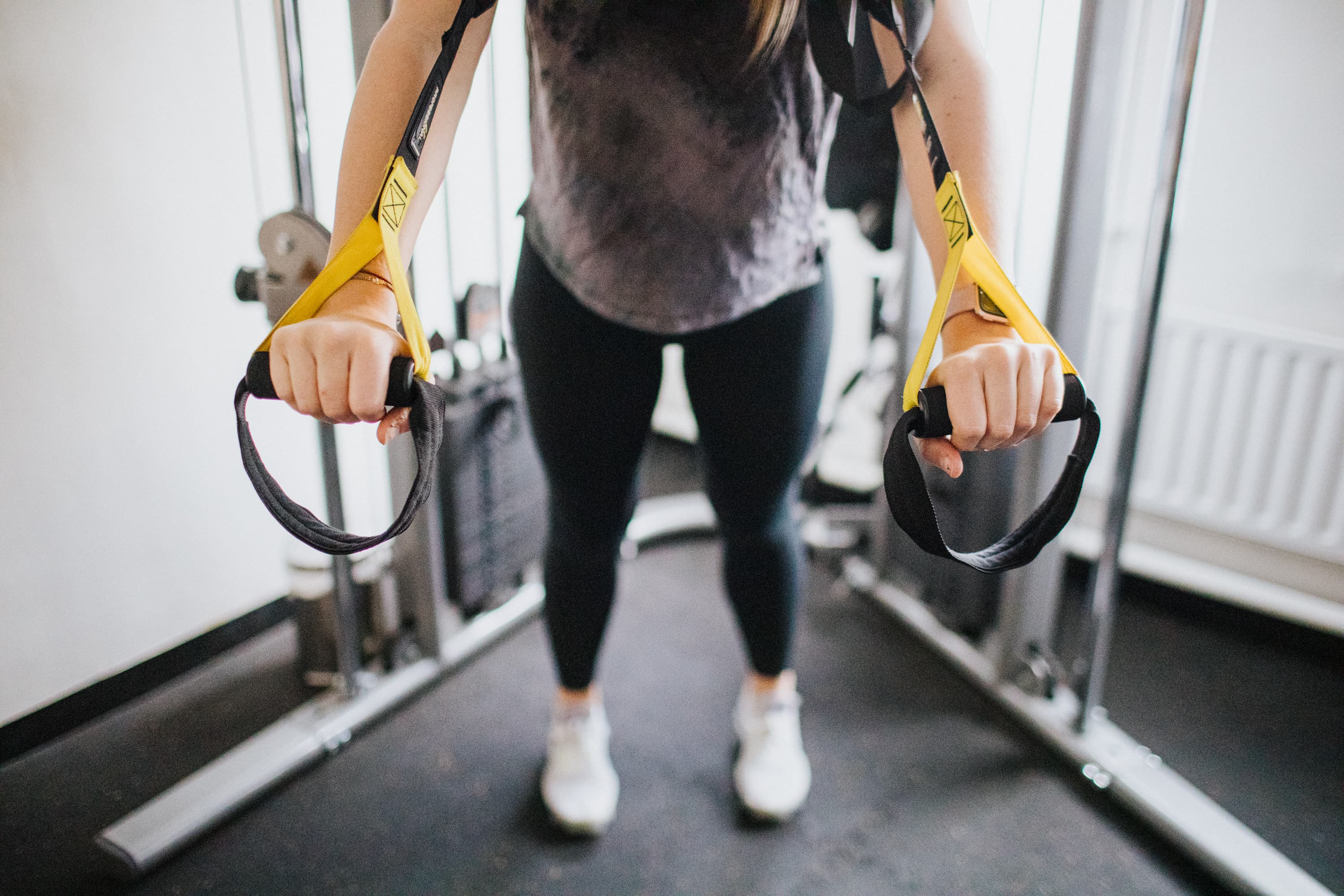Elite Care for Every Body
Redefining physiotherapy with data-driven insights and holistic care for lasting health.

Redefining physiotherapy
Carter & George redefine physiotherapy by offering elite-level, data-driven care that goes far beyond traditional treatments. We provide a holistic approach to health, combining innovative technologies with personalised wellness programs to address not just symptoms, but root causes.
Why Carter & George
We believe in excellent patient care. Whether you're recovering from injury or aiming to enhance performance, our experienced team is dedicated to helping you achieve your goals and stay healthy.
Patients Treated
Satisfaction Rate
Diagnosis, Prognosis, Plan
You'll receive a clear diagnosis, an estimated timeline for improvement, and an outline of the treatment process. From your very first appointment, you'll leave with a comprehensive plan whatever your situation is.
Advanced Training and Certifications
Our practitioners are trained in the latest techniques and hold advanced certifications, ensuring you receive the most up-to-date and effective treatments.
Sports and Elite Performance Background
Many of our team members have experience working with professional athletes and high-performance individuals, bringing that elite-level expertise to all our clients.
Continuous Learning and Innovation
We're committed to staying at the forefront of health and wellness. Our team regularly engages in continued education and research to bring you the latest in physiotherapy and performance optimisation.

We're here to support your long-term wellness
Continuous Improvement, Lasting Results
At Carter & George, it's more than just an appointment—it's a commitment to your continuous improvement and lasting results. Our personalised care plans evolve as you progress.

Initial Consultation
Discover what's wrong, how long recovery may take, and what steps you need to get there.

Data Collection
We'll help you understand what may have caused your injury and show you how to avoid it in the future.

Cutting-Edge Technology
Advanced diagnostic tools and innovative therapies to speed up recovery.

Education & Empowerment
Learn how to optimise your body and prevent future issues.

Proactive Wellness
Stay ahead of health issues with regular check-ins and proactive care.

Long Term Partnership
Maintain your health with a proactive, data-led approach.
Invest in Your Health, Unlock Your Future Potential
We believe everyone deserves access to great care. That’s why we’ve made it easy for you to take charge of your health.

Take Control of Your Health and Performance
Take Control of Your Health and Performance









